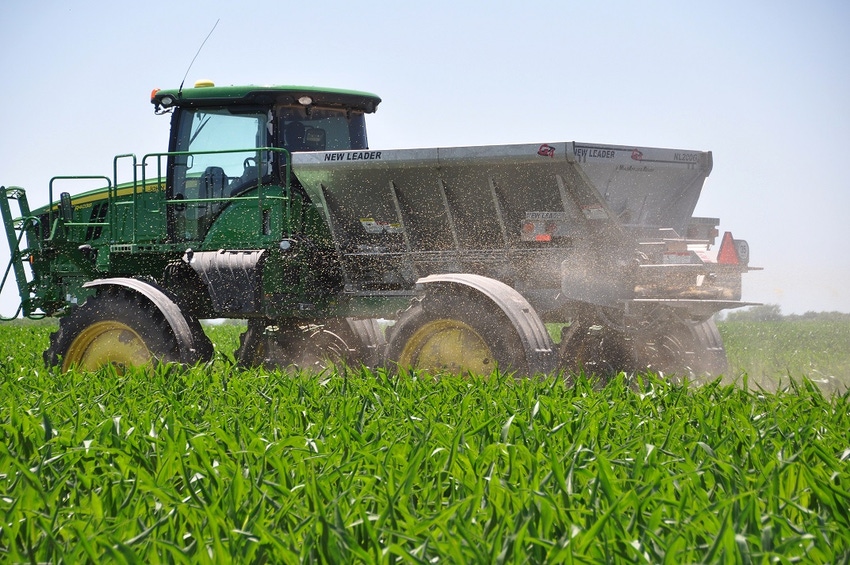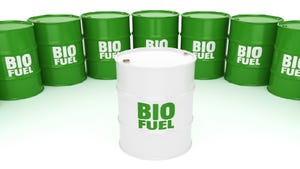March 19, 2018

By Darrin Roberts, Winfield Regional Agronomist
Source: Winfield United
There’s no doubt you want to get as much of the nitrogen you apply as possible into your crop. But studies have shown that for every 10 pounds of nitrogen fertilizer applied to cereal crops such as corn, less than 5 pounds are actually taken up by the crop.1 That’s a lot of lost nitrogen!
Here are some tips to help keep nitrogen accessible to your crop and prevent it from going where it shouldn’t.
1. Apply nitrogen when the crop is actively using it.
With nitrogen, timing is everything. If you apply nitrogen in the fall when crops aren’t growing, you could experience far more loss than if you apply it in the spring or during the season. Applied nitrogen can quickly convert to nitrate, which is highly mobile in the soil and may be prone to leaching into groundwater or tile lines if it is not taken up by the crop.
2. Include a nitrogen stabilizer.
If you do need to apply a portion of your nitrogen in the fall or prior to planting in the spring, include a stabilizer with it. With a stabilizer, you can extend the period of time nitrogen is kept in ammonium form, which the soil can hold and make available for the crop to take up in-season.
3. Perform a soil and/or tissue test.
Talk with your agronomist about doing a pre-side-dress soil nitrate test (PSNT). The PSNT, which is usually performed in late spring, is done prior to your side-dress application to estimate how much nitrate you have in the soil and whether it’s sufficient to supply the crop’s nitrogen need until maturity. Tissue testing can also help identify nutrient needs at critical times during the growing season. In addition, you should soil test every couple of years for phosphorus (P) and potassium (K), which aren’t as variable in the soil as nitrogen (N) is. The more closely you manage NPK, the greater your yield potential.
4. Consider response-to-nitrogen (RTN) scores.
For the last seven years, WinField United has measured RTN scores of various hybrids through our Answer Plot® testing program. A high RTN score indicates the hybrid has an increased chance of a return on investment from applying additional nitrogen, or managing nitrogen for availability later in the growing season. A low RTN score indicates the hybrid has an acceptable yield potential even in situations where nitrogen may be limited. To learn more about specific hybrid RTN scores, visit answerplot.com.
Keep fertilizer top-of-mind this season and work with your agronomist to create the best nutrient management plan for your fields. Doing so will help optimize ROI and yield potential, and keep your nitrogen where it should be: in your crop.
1. Raun WR, Johnson GV. Improving nitrogen use efficiency for cereal production. Agron J, 1999, 91:357–363.
With the growing season right around the corner, we’re here to help you with your holistic plant nutrition plan, starting with mitigating stress at planting and understanding your crop’s genetic potential. We’ll continue to explore all aspects of plant nutrition throughout the year right here on the Growing Knowledge blog, so be sure to check back for more plant health tips.
You May Also Like




